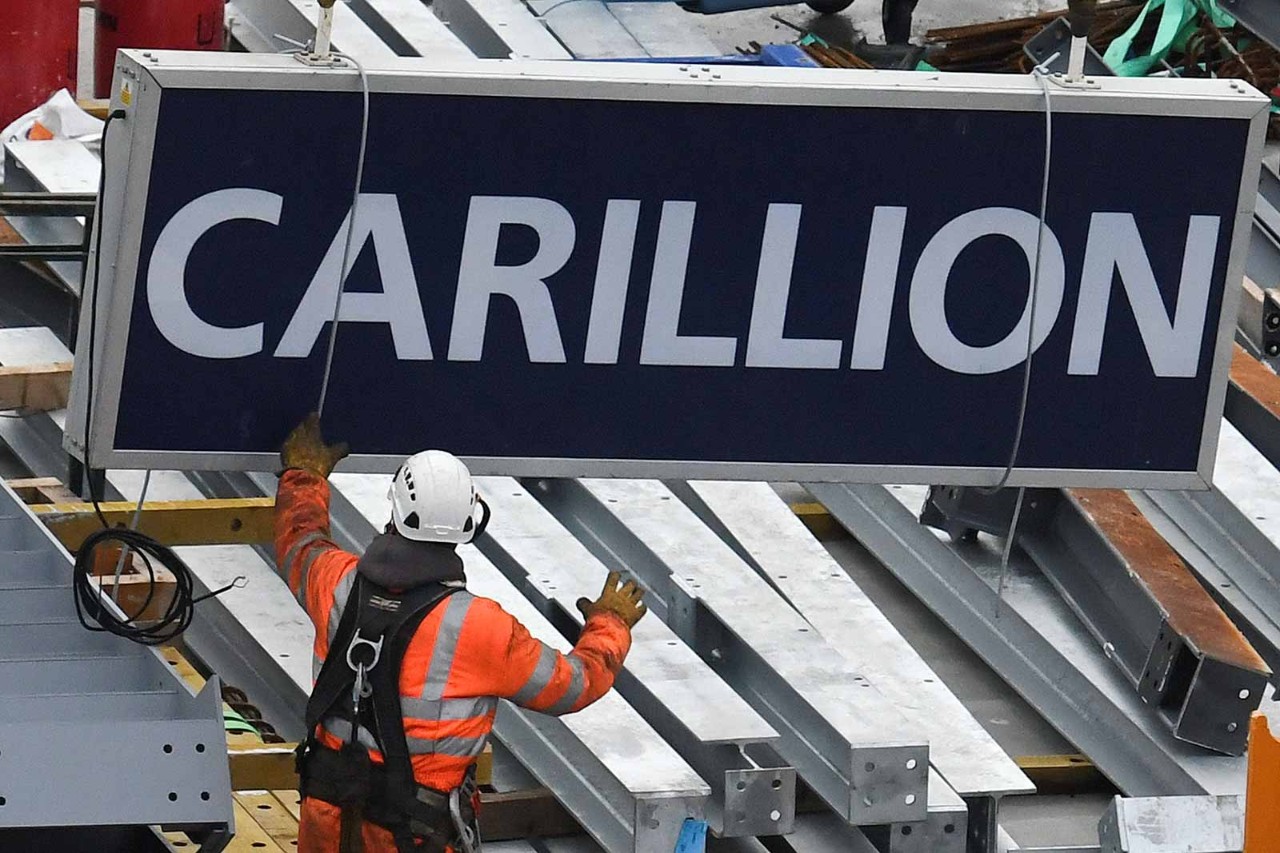
It’s well known that carbon emissions are rising. But new tools and technologies, including predictive analytics powered by artificial intelligence (AI), may enable businesses to better predict, and therefore affect, the outcome of new climate preservation initiatives.
AI predictive analytics, in a nutshell, is a field of AI and machine-learning science that uses AI algorithms and datasets to make accurate, relevant predictions across different industries.
AI tools can learn and improve over time, becoming better forecasters as they are fed more data. Because of this, there is a potential for current and future AI tools to make effective, highly useful predictions regarding the effects of climate change now and in the future, and the impact of different initiatives or energy expenditures on climate change rates.
Climate science is impossible to navigate; AI predictive analytics may change that
Many climate change and offsetting organisations are looking to use AI tools and platforms to improve their predictions and the advice that they can give governments, energy companies and businesses around the world. As part of this process, AI predictive analytics may be used in a variety of carbon offsetting strategies and in different climate-related industries.
Margin of error
Firstly, AI’s predictive analytics can be used to make highly valuable improvements in existing climate models: large-scale predictions that determine how much the Earth will warm in the future, what ecosystems or environments might change, and the rate of that change. These models, however, always have a significant margin of error. Climate science is complex, and it’s impossible for a human to navigate it with any certainty.
AI predictive analytics may change that. AI tools may be able to cut through the junk data and bias that fogs human perception and make accurate, long-term predictions that governments and businesses can use to make better decisions regarding energy use, manufacturing policies, waste disposal and more.
DHL’s in-house AI has helped remove excess packaging at a rate of up to 50% per package
This isn’t science fiction. Start-up ClimateAI is already working on climate-proofing supply chains using an adaptive AI that can provide farmers, companies and countries with real-time insights into climate change and how they need to adapt. The company claims that it is already seeing success across 42 crops in 15 countries, indirectly affecting 15 million agriculture workers.
Solution prediction
AI can also help organisations make better predictions for the effects of different technological or energy-related solutions.
An example from business comes from logistics company DHL. It claims that its in-house AI, OptiCarton, has helped the company identify and remove excess cardboard packaging at a rate of up to 50% per package, and to predict the efficacy of new packaging, including how this change will affect the company’s emissions.
AI tools are also being used to help engineers develop lighter, stronger materials that can be used to create more efficient wind turbines, and lighter aircraft that use less fuel, allowing for greener supply chains.
At national level, if a government wants to adopt a new solar and wind power initiative across its industries, before it does so – and understands the taxes it needs to raise in order to pay for it – it can use AI to predict how much it would cost to make a meaningful impact on climate change rates; whether the transition to solar or wind power would be worthwhile in the short or long term; which communities are in need of transitioning the most; and how current climate change will affect the sunlight and winds needed for producing power.
Effective offsetting
As businesses look to predictive analytics to model their carbon emissions, the same AI technology is becoming increasingly useful in navigating carbon offset markets. Trading carbon offsets, where companies buy or sell the right but not the obligation to offset a certain amount of carbon at a future date, has been around for some time. But more accurate forecasts of an entity’s carbon emissions can help management make offsets more effectively.
Some providers – such as carbon management software company CO2 AI – use AI to help businesses set climate targets, track progress and reduce pollution. A sector-specific example is Jet AI, which offers a carbon offsetting platform aimed at both the aviation industry and frequent flyers, who can calculate carbon emissions on a per-flight basis.
Ultimately, for all the caution around the application of AI, predictive analytics may create a safer field for addressing the climate crisis.
More information
Earn CPD by tuning into the sessions ‘The accountant’s role in putting profit, people and planet on par’ and ‘Role of the finance function in transitioning to a low-carbon economy’ at ACCA’s virtual conference Accounting for the Future, on 21 November, or watch on demand at any time after that
Find out more about accounting for a better world


